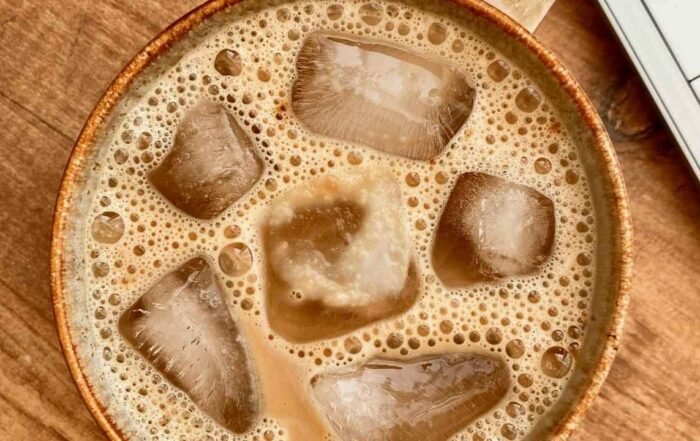In this Article
- What Is Cuban Coffee?
- How to Make Cuban Coffee at Home
- How to Use a Cuban Coffee Maker
- How to Make Cuban Coffee with a Moka Pot
- How to Make Cuban Coffee with an Espresso Machine
- How to Make Cuban Coffee Without an Espresso Maker
- Tips for Serving and Enjoying Cuban Coffee
- Final Words: Mastering the Art of Cuban Coffee at Home
- FAQs
- Leave A Comment Cancel reply
- Related Posts
- Sign up to the newsletter
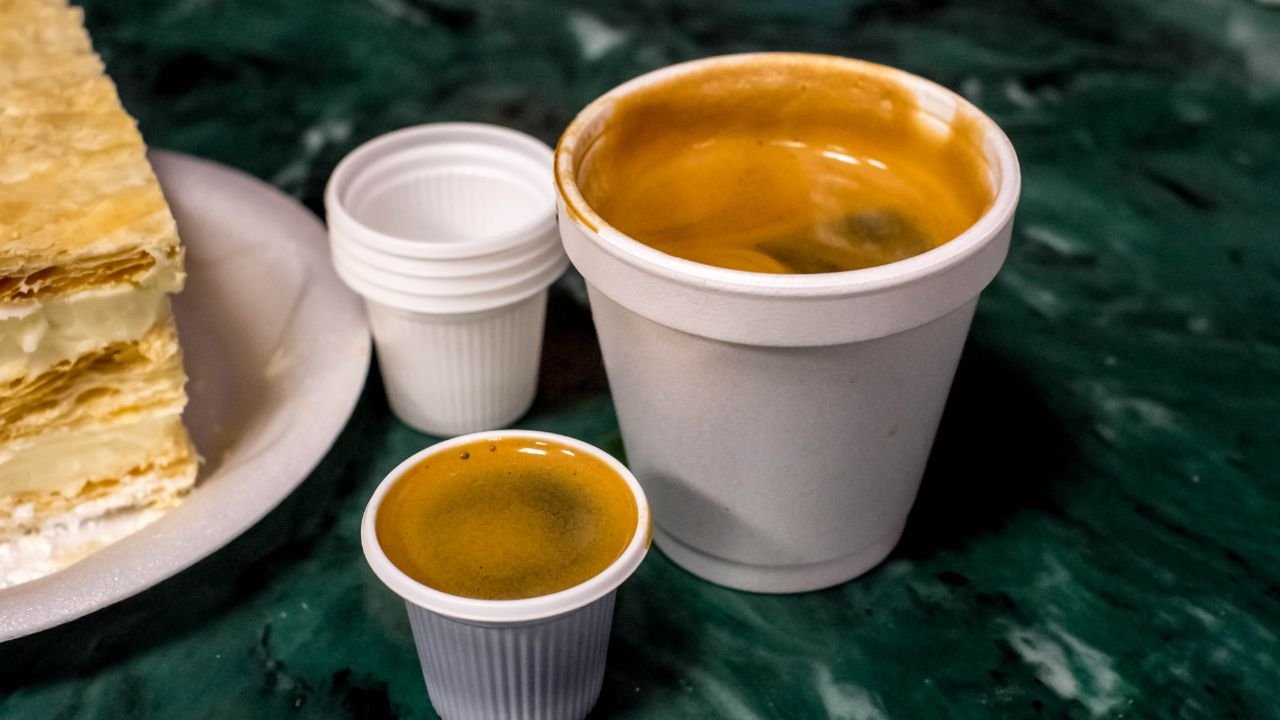
Bringing strong flavors and a rich cultural background to every cup, Cuban coffee is among the most adored coffee customs worldwide. More home brewers are finding the magic of real Cuban coffee in 2025, drawn to its strong flavor and distinctive preparation technique.
With its distinctive sugar foam and concentrated brewing process, this sweet, robust beverage varies greatly from conventional coffee. Learning how to brew Cuban coffee at home lets you explore genuine tastes and ties you to many centuries of Cuban coffee history. From conventional moka pots to contemporary espresso machines, we will cover several brewing techniques so you may master this art.
What Is Cuban Coffee?
Affectionately known as “Cafecito,” Cuban coffee is a unique coffee preparation combining strong espresso with creamy, sweet foam called Espuma. By directly adding sugar into the brewing process, this classic beverage goes far beyond basic coffee to produce a distinctive texture and flavor profile that distinguishes it from other coffee types.
The enchantment occurs when the first drops of hot, strong coffee are churned with sugar to produce Espuma—a thick, golden foam that tops the completed drink. This foam gives Cuban coffee its distinctive sweetness and smooth texture. Unlike traditional espresso where sugar is introduced after brewing, Cuban coffee mixes sweetness from the start to create a more balanced and intricate flavor.
Usually made from dark roast beans ground very fine to produce a rich brew akin to espresso, the coffee itself is usually made. This powerful foundation matches the delicate Espuma exactly to produce a drink that is both energizing and fulfilling.
How to Make Cuban Coffee at Home
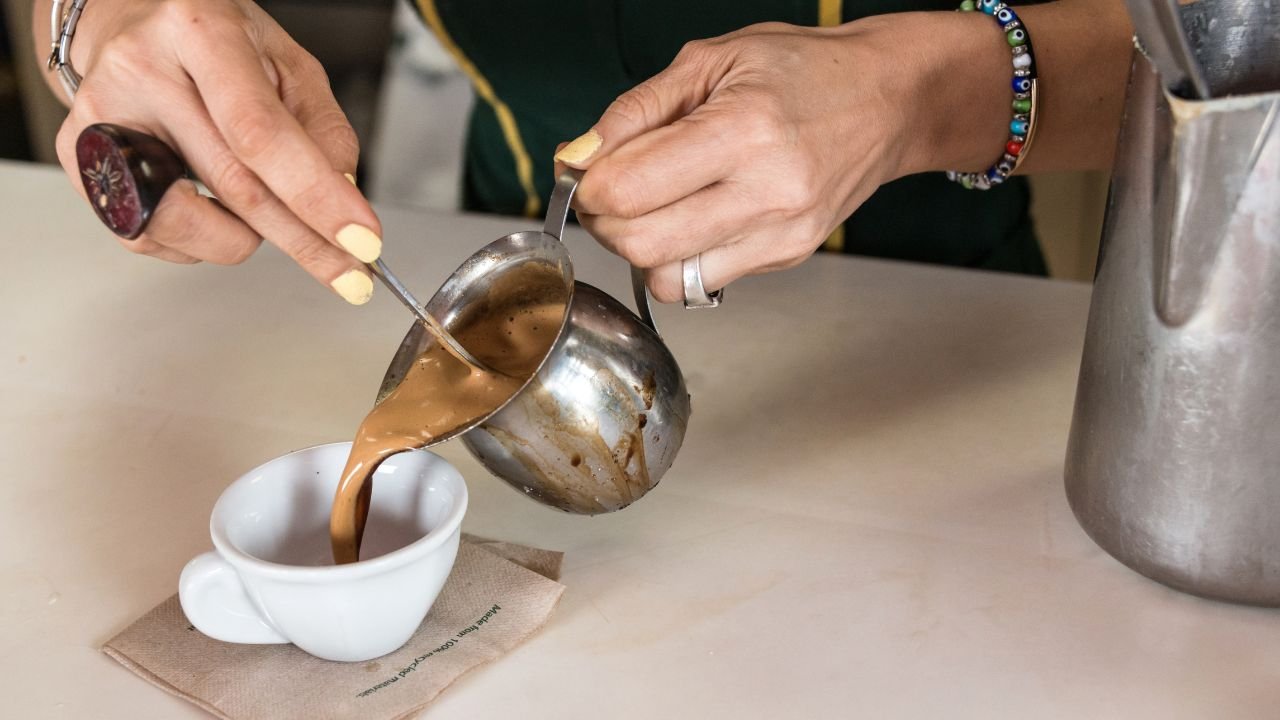
Key Ingredients for Authentic Cuban Coffee
Three basic ingredients, finely ground dark roast coffee, granulated sugar, and water, underpin excellent Cuban coffee. Like an espresso grind, the coffee should be pulverized to a powder-like texture. Widely accessible and extremely effective are Cuban brands such Café Bustelo, Café La Llave, or Café Pilon. Choose a dark roast for the most genuine taste, as this gives the strong, powerful basis Cuban coffee is famous for.
Traditional Method: Step-by-Step Guide
The conventional technique first makes the Espuma before your coffee is finished. In a little cup or bowl, add 2–3 spoons of sugar. As your coffee starts to boil, gather the first few drops in a different container; these dark, dense drops are vital for genuine Espuma. Include these drops in your sugar and whisk aggressively until the mixture turns golden, creamy, and light. This procedure calls for about 30 seconds of intense mixing. Once your Espuma is prepared, slowly pour the remaining hot coffee over it, stirring gently to meld.
How to Use a Cuban Coffee Maker
What Is a Cuban Coffee Maker?
Usually referring to a moka pot or stovetop espresso machine, which has been the favorite brewing method in Cuban families for generations, a Cuban coffee maker is normally one of these. With three chambers and steam pressure used to push water across coffee grounds, these aluminum or steel gadgets produce a strong brew fit for Cuban coffee preparation.
Brewing Cuban Coffee with a Cuban Coffee Maker
Fill the bottom chamber with cold water up to the safety valve, then add finely ground coffee to the middle filter basket without packing it down. Assemble the pot and place it on medium heat. As the coffee begins to brew, collect the first few drops to make your Espuma with sugar. Continue brewing until you hear a gurgling sound, indicating the water has been fully extracted. Remove from heat and pour the remaining coffee over your prepared Espuma for an authentic Cuban coffee experience.
How to Make Cuban Coffee with a Moka Pot
Why Moka Pots Are Ideal
An inexpensive, stovetop-friendly alternative, moka pots provide coffee suitable for Cuban preparation that is always rich. They make the concentrated brew required for real Cuban coffee, are long-lasting, and are simple to use.
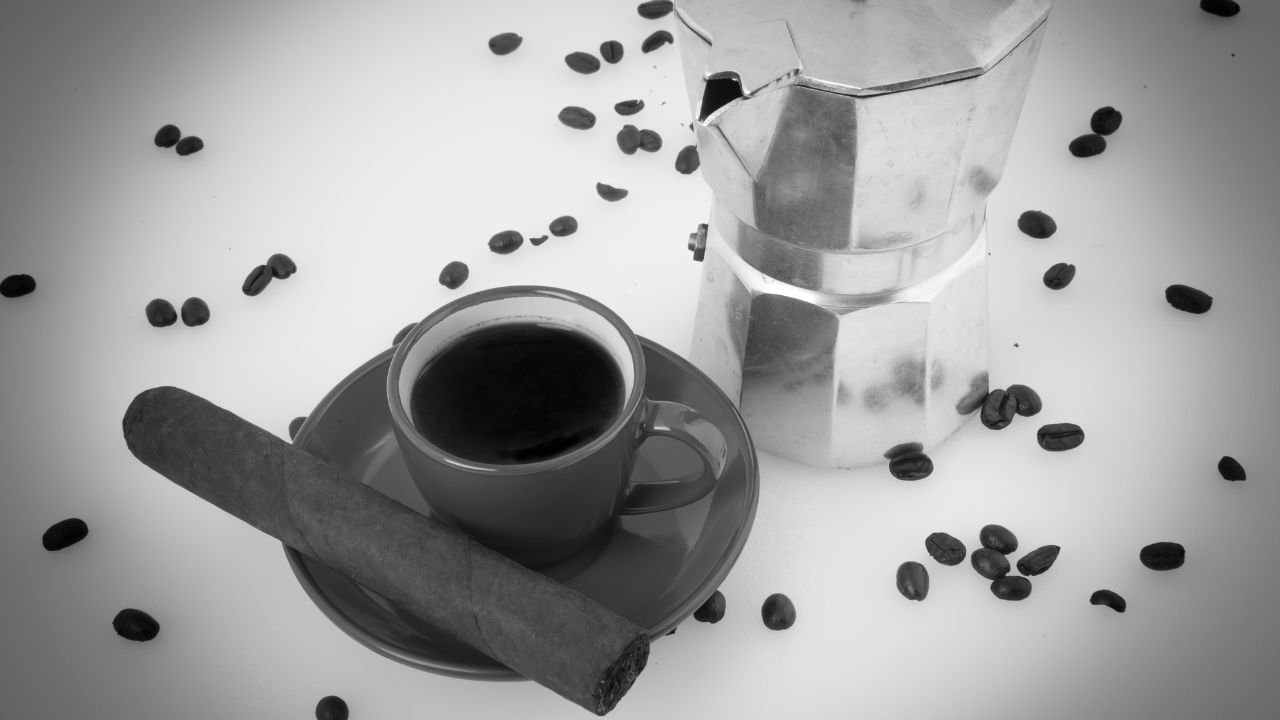
Step-by-Step Brewing Guide
Add cold water to the bottom chamber filling just below the safety valve. Level the finely crushed dark roast coffee in the filter basket without compressing. Put the moka pot together and set on medium heat. Catch the first drops for your Espuma when coffee begins to flow. Combine these drops with sugar until creamy and golden.
Keep brewing until the chamber is full, then take from heat. Pour the hot coffee over your ready Espuma, stirring softly to mix the tastes and get that distinctive Cuban coffee texture.
How to Make Cuban Coffee with an Espresso Machine
Espresso Machine Method Overview
With concentrated flavor that closely matches traditional Cuban coffee, using an espresso machine yields quicker, more accurate results. Frequent coffee drinkers who want constant results without the stovetop method would benefit most from this.
Instructions for Cuban Coffee with Espresso Machine
Using finely ground dark roast coffee, brew one or two espresso shots targeting a robust, concentrated extraction. Collect the first drops of coffee in a tiny cup with 2–3 teaspoons of sugar as your espresso brews; whisk until the mixture becomes light and creamy.
Stir gently to preserve the foam layer as you pour the remaining hot espresso over the Espuma. Minimum effort and maximum flavor consistency define this approach, which yields genuine Cuban coffee.
How to Make Cuban Coffee Without an Espresso Maker
Alternative Brewing Options
Using some modifications, you may make Cuban coffee utilizing a French press, AeroPress, or drip machine. Create a more concentrated brew that resembles traditional Cuban coffee strength by utilizing finely ground dark roast coffee and raising the coffee-to-water ratio.
Adjusting Strength and Sweetness
Grind your coffee exceptionally fine when employing alternate brewing techniques and use around 1. 5 times the typical quantity of grounds. Brew with hot water just below boiling point for maximum extraction. Because you won’t have the first concentrated drops required for conventional Espuma, combine sugar with a little bit of the brewed coffee, whisking till creamy before adding the remaining brewing.
Tips for Serving and Enjoying Cuban Coffee
Traditional Presentation
Traditional Cuban coffee is presented in little espresso-style cups known as “tacitas,&” which contain approximately 2–3 ounces. Often served after meals or during afternoon meetings with friends and family, this concentrated beverage is meant to be sipped slowly and shared sociably.
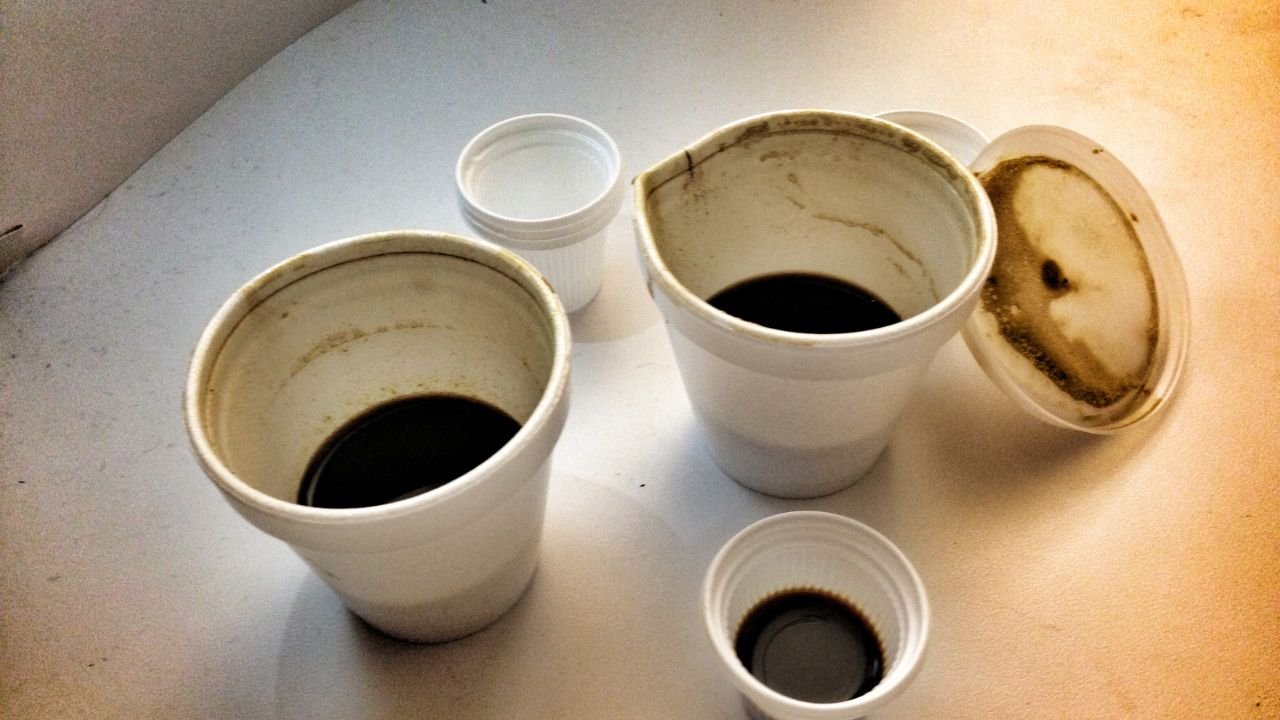
Flavor Pairings and Cuban Treats
Simple buttered crackers, pastelitos, or tostada (that is, Cuban toast) pairs very well with Cuban coffee. The sweet, strong coffee strikes the perfect balance between light snacks and rich breakfast cuisine.
Final Words: Mastering the Art of Cuban Coffee at Home
Knowing how to brew Cuban coffee at home unlocks a universe of real tastes and cultural links. The main ingredients stay constant whether you pick a traditional moka pot, a current espresso machine, or another brewing method: strong dark roast coffee, correct Espuma production, and care to the balance between sweetness and intensity.
The trademark sugar foam and strong brew provide a distinct drinking experience that is simultaneously invigorating and pleasurable. You will discover your own tastes for strength, sweetness, and presentation as you work on these approaches over 2025. Keep in mind that real Cuban coffee is about more than the beverage; it’s about savoring the process and including others.
FAQs
What’s the difference between Cuban coffee and regular espresso?
Cuban coffee contains sugar into the brewing process to create Espuma (sweet foam), while regular espresso is typically served without sugar or with sugar added afterward. Cuban coffee is also traditionally sweeter and served in smaller portions.
Can I make Cuban coffee with regular coffee beans?
While you can use any dark roast coffee, Cuban brands like Café Bustelo or Café La Llave provide the most authentic flavor. The key is using a dark roast ground very fine, similar to espresso grind.
How much sugar should I use for Cuban coffee?
Typically 2-3 teaspoons of sugar per 2-3 ounces of coffee, but you can adjust to taste. The sugar should be whipped with the first drops of coffee to create the characteristic Espuma foam.







